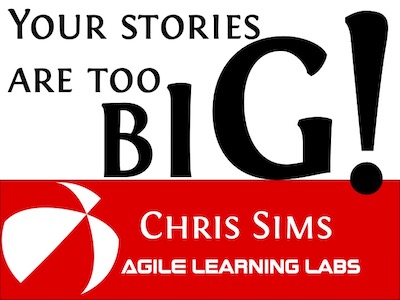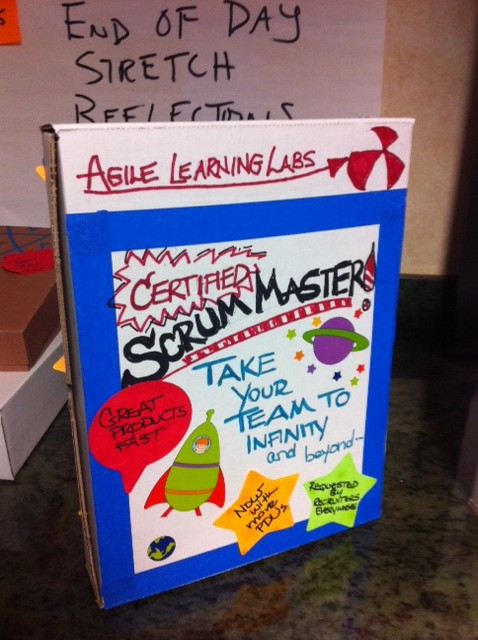Question:
Chris just did a scrum workshop for us and it was GREAT–I learned a TON. I have a follow-up question about the scrum role of product owner, and how we should implement it in our organization. The way we are doing this, the product owner is also the product manager. Is this typical? This seems potentially like two different jobs to me–one who goes to customers and gathers requirements, and one who is available during the sprint to answer questions about how things should work. I asked one of our brand new POs how he was going to do this, and he said that once the sprint starts, he does not need to work with the team. This was not my understanding, but I’m not sure.
Answer:
On very large projects, it is common to have a high-level product manager setting the over-all direction for a product. That product manager might work with several teams, each of which might have their own product owner. Each product owner would maintain the backlog for their team. It might be true that the product manager is a bit more customer-facing and the product owner a bit more team-facing. That said, you don’t want the product owner to simply be a pass-through between the product manager and the team; what value would they be adding? Instead, you want the product owners to work closely with the product manager, customers, and the other product owners in order to understand and prioritize (order) the stories in their team’s product backlog in way that supports the overall direction and goals.
It sounds like your new product owner has the common misconception that all they have to do is capture requirements and then relay them to the team. If only it were that easy. In reality, it’s a lot of work to truly understand the needs of users and customers, as well as the needs of our own business. Once a product owner has this understanding, it’s also a lot of work to help the whole team share this understanding.
Read the full article…

 A common problem among the scrum teams that I coach is user stories that are too big. When a user story is too big, it is hard understand, estimate, and implement. So what is a good size for a user story? My guidance is that the user stories at the top of the product backlog should be sized such that the scrum team could easily complete four to six stories a week.
A common problem among the scrum teams that I coach is user stories that are too big. When a user story is too big, it is hard understand, estimate, and implement. So what is a good size for a user story? My guidance is that the user stories at the top of the product backlog should be sized such that the scrum team could easily complete four to six stories a week.
